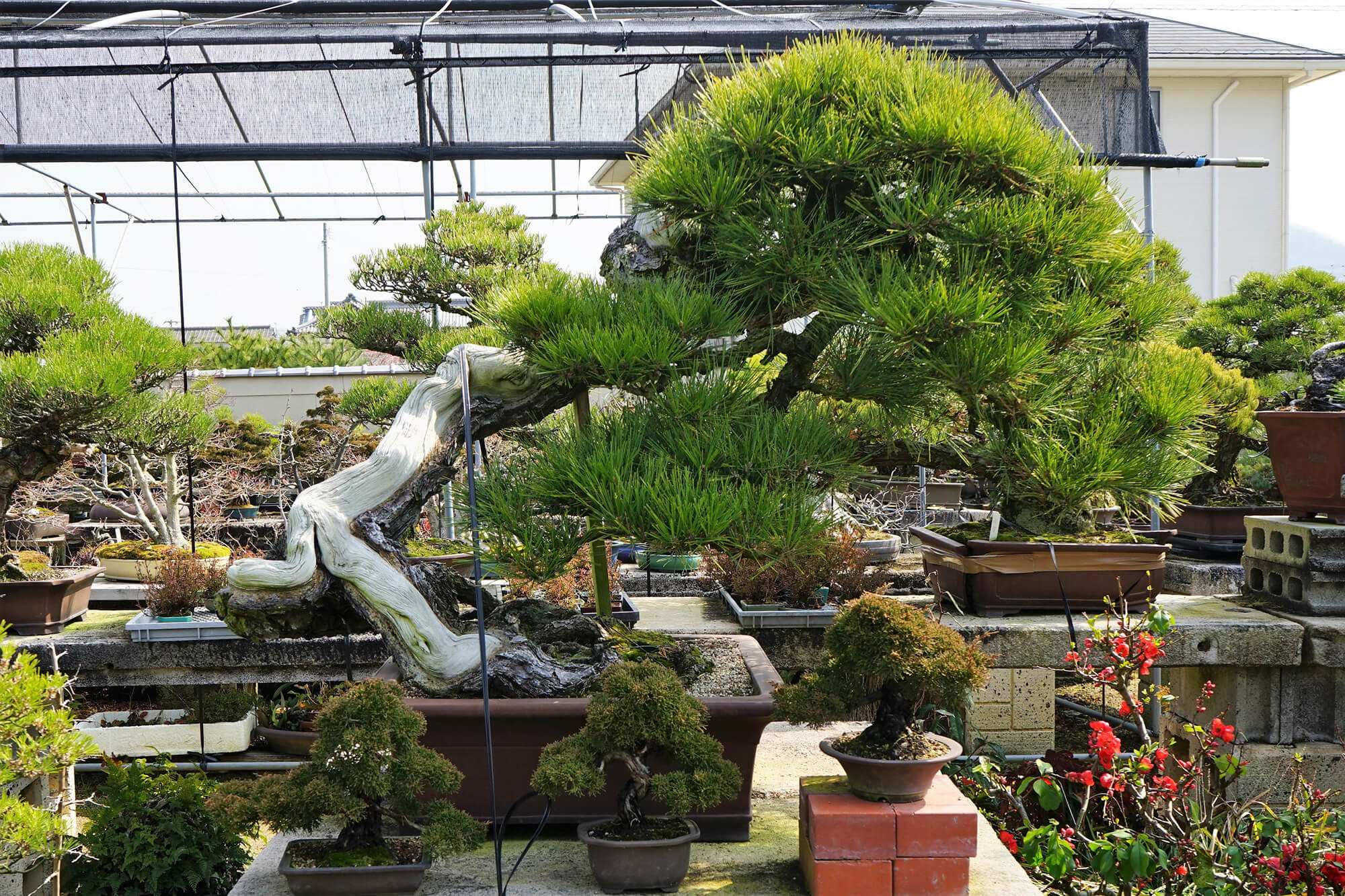Wiring to raise the individuality of trees to the level of artSeijyuen
A bonsai artist with a 52-year career who has won many awards
HIRAMATSU Kiyoshi set up this branch garden, called Seijyuen, 45 years ago after working seven years with his older brother at Hiramatsu Syunsyouen, a garden that dates two generations back to their grandfather. HIRAMATSU is known as a bonsai artist of great artistry, who has reached the summit of the wiring skills most important for shaping bonsai.
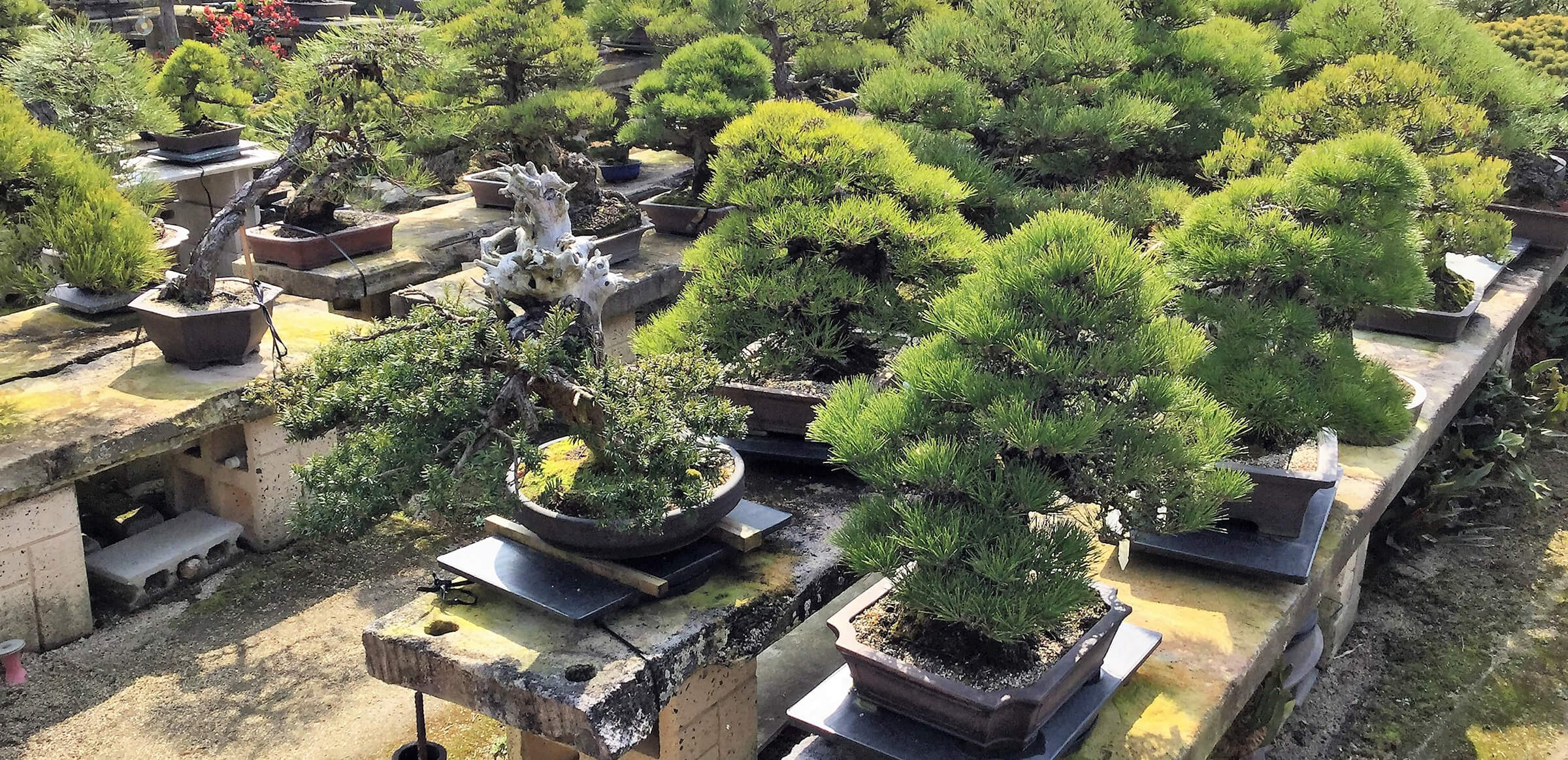
Bonsai are evaluated on the basis of criteria, such as roots spread, trunk flows, branching, leaf state and a sense of their age. HIRAMATSU thinks deeply about, “how to bring out the individuality inherent in the tree” when he shapes a bonsai. According to HIRAMATSU, improving points that appear to be weaknesses, such as unnecessary branches, produces unexpected elegance sometimes.
“The most rewarding thing for me is turning a tree that has grown naturally in the mountains into a bonsai,” explains HIRAMATSU. “It is the harmony of nature and people that gives birth to beautiful bonsai.”
HIRAMATSU had observed bonsai throughout his childhood. He has worked on bonsai professionally for 50-odd years. There was a period when HIRAMATSU grew pines from small seedlings, but he is currently specializing in adapting mostly purchased evergreens. He also teaches courses for bonsai enthusiasts occasionally.
HIRAMATSU, looking back on the half-century he has spent with bonsai, says there is no end to what can be learned, and that is what makes bonsai forever interesting and fun.
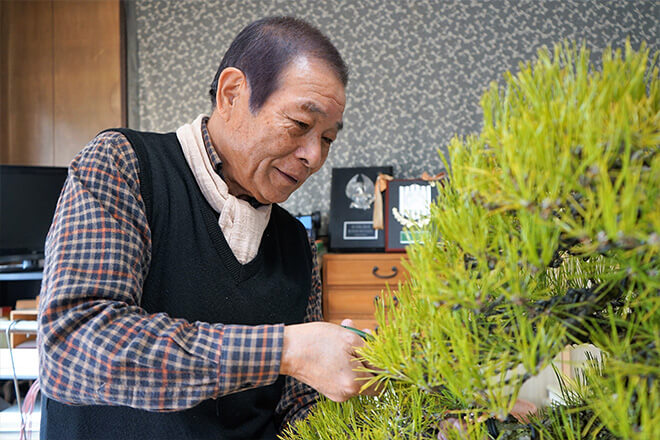
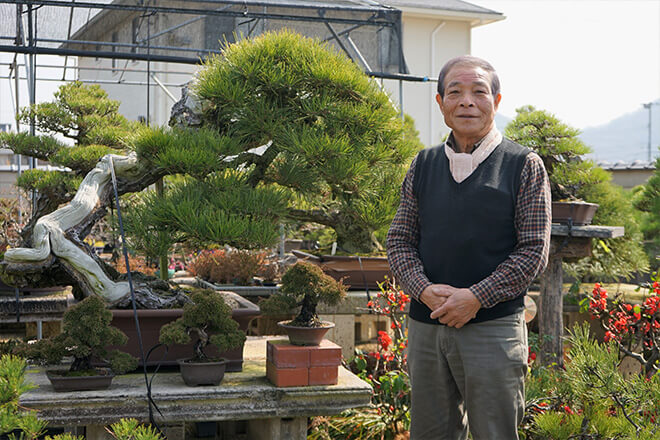
Shapes look good when plants are healthy
Adapting bonsais requires their health and vitality as plants. There is a year-round flow of the main duties necessary in caring for bonsai, and keeping them healthy and full of life.
For pine bonsais, growers perform mekiri (bud trimming) in mid-June when new buds come out. Then, they do mekaki (bud pinching) in mid-July to narrow the plentiful buds that shot out after mekiri down to just two. The time from September to October is when pines look most beautiful, with their buds matching in size. Growers engage in furuhatori (cutting old leaves) in November to remove leaves from the previous year. In March, they perform uekae (transplanting) and hasukashi (thinning leaves). Through hasukashi, all the leaves that came out in spring are thinned out except about five of them to ensure buds grow out uniformly the next spring.
There are said to be many detailed day-to-day duties necessary for taking care of bonsai in addition to these seasonal requirements. Bonsai lose energy and become unfit for wiring in winter if growers neglect these duties that require a lot of time and effort. To state it another way, bonsai, which HIRAMATSU has boldly adapted by incorporating jin (dead branches) and shari (dead trunks), look full of life precisely because he performs those duties scrupulously.
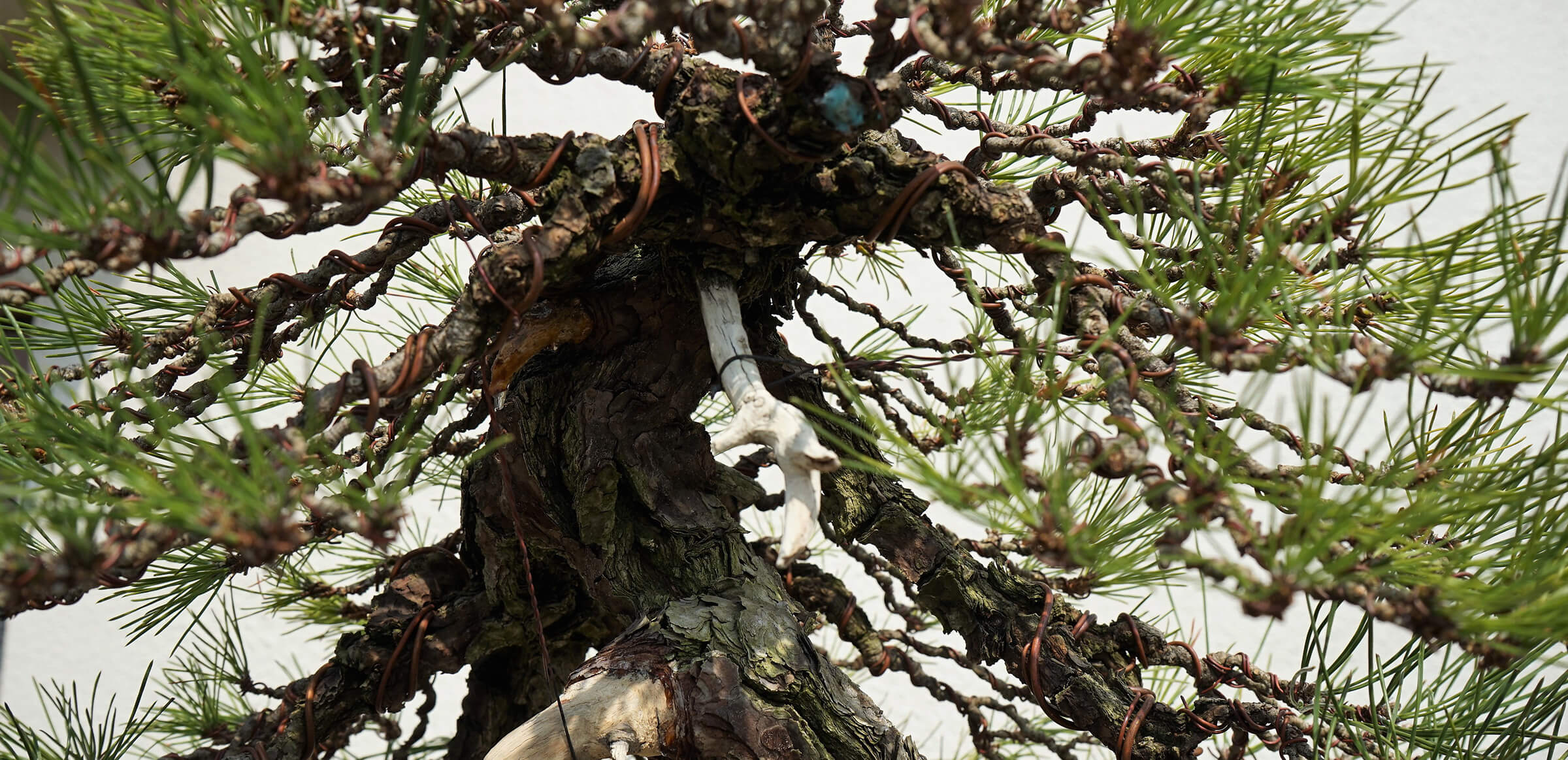
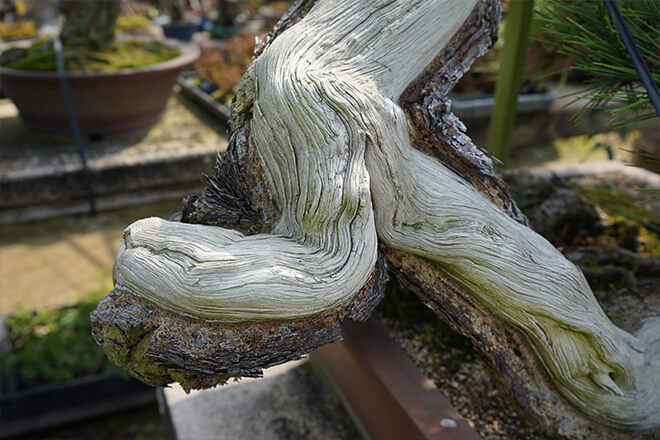
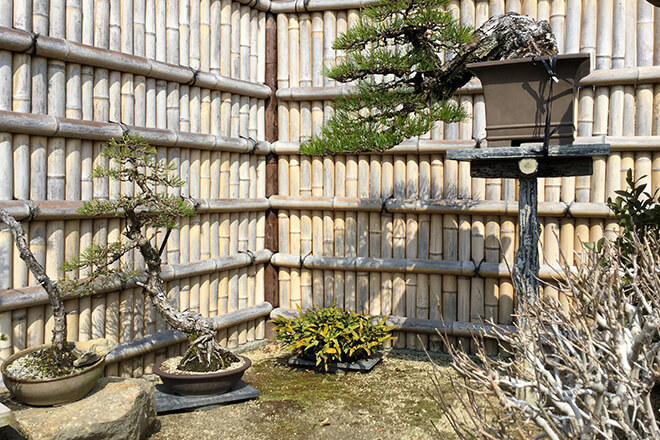
A culture is born from professionals with diverse ways of thinking
Many of the bonsai produced by HIRAMATSU are works of great artistry. However, HIRAMATSU wants Takamatsu to be a bonsai hometown that is attractive to enthusiasts and beginners alike. “A bonsai is a bonsai whether it is a Japanese black pine or not,” asserts HIRAMATSU. “A producing area thrives and a culture is born because various people with different approaches meet each other.”
HIRAMATSU plans to transform a section of the Seijyuen’s workshop into a small store selling flowers and fruit-bearing plants in the future, too.
Seijyuen
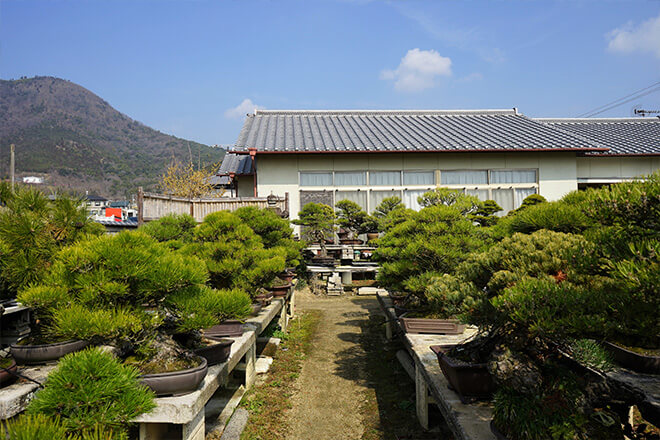
- ADDRESS
- 1987-3 Nii, Kokubunji-cho, Takamatsu City, Kagawa Prefecture
- TEL
- +81-87-874-3052

